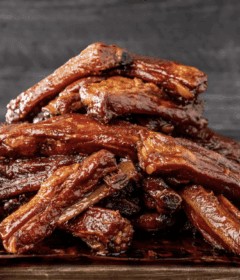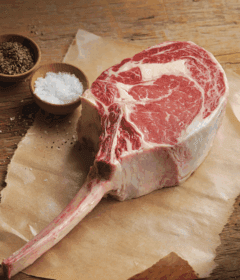The Best Semi Soft Italian Cheeses

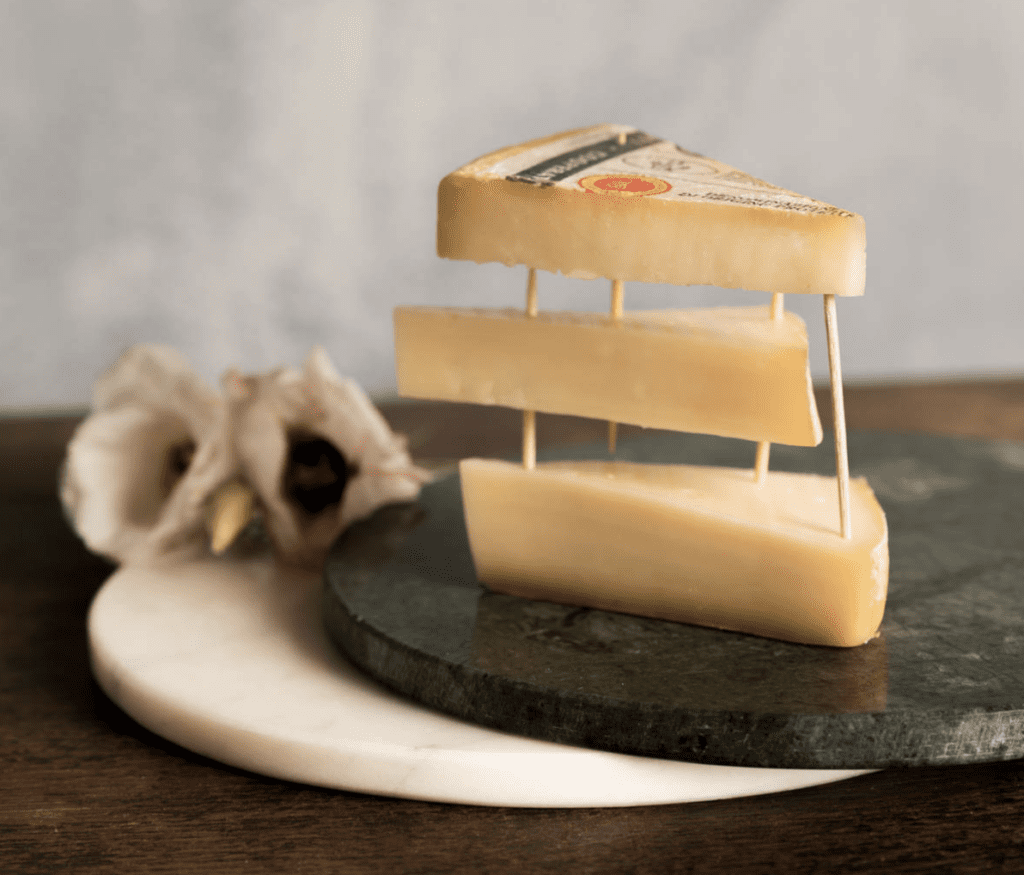
The Best Semi Soft Italian Cheeses – Fontina
Semi Soft Italian Cheeses – Fontina Tasting Notes
Fontina is a semi-soft cheese that originates from the north Italian Aosta valley. It has many bubbly holes in it and is creamy in flavor with aged, nutty notes to it.
How Fontina Cheese is Made
To be classified as an Aostan Fontina, the cheese must be made from milk from a single milking to which rennet is later added. It’s then heated, strained, salted, and poured into molds to age for anywhere from 3 to 10 months. You can usually find both young and mature Fontina at your local market.
When to Use Fontina Cheese
Young Fontina cheese is great for fondue—however both the young and ages varieties melt very well, so it’s well worth sliding a few slices into a panini or your next grilled cheese sandwich. It’s also often served with truffles on pasta.

Semi Soft Italian Cheeses – Gorgonzola Tasting Notes
Semi Soft Italian Cheeses – Gorgonzola Tasting Notes
Pungent, blue-veined Gorgonzola is one of the most popular blue cheeses on the planet, up there with French Roquefort. It’s firmer when refrigerated but will turn oozy at room temperature—which is always the recommended temperature for your cheese platter.
How Gorgonzola is Made
Gorgonzola is made from whole milk. Special bacteria and spores are added and agitated during the aging process to create its uniquely pungent flavor and striking blue marbling. There are two different aging processes: Gorgonzola dolce is more mild and creamy in flavor, while Gorgonzola picante has been aged for a longer period of time and is therefore very pungent in flavor.
When to Use Gorgonzola Cheese
Gorgonzola adds a tangy kick to creamy pasta and gnocchi sauces, as well as risottos, and almost always finds its way into or on anything ‘four-cheese.’
The Best Semi Soft Italian Cheeses

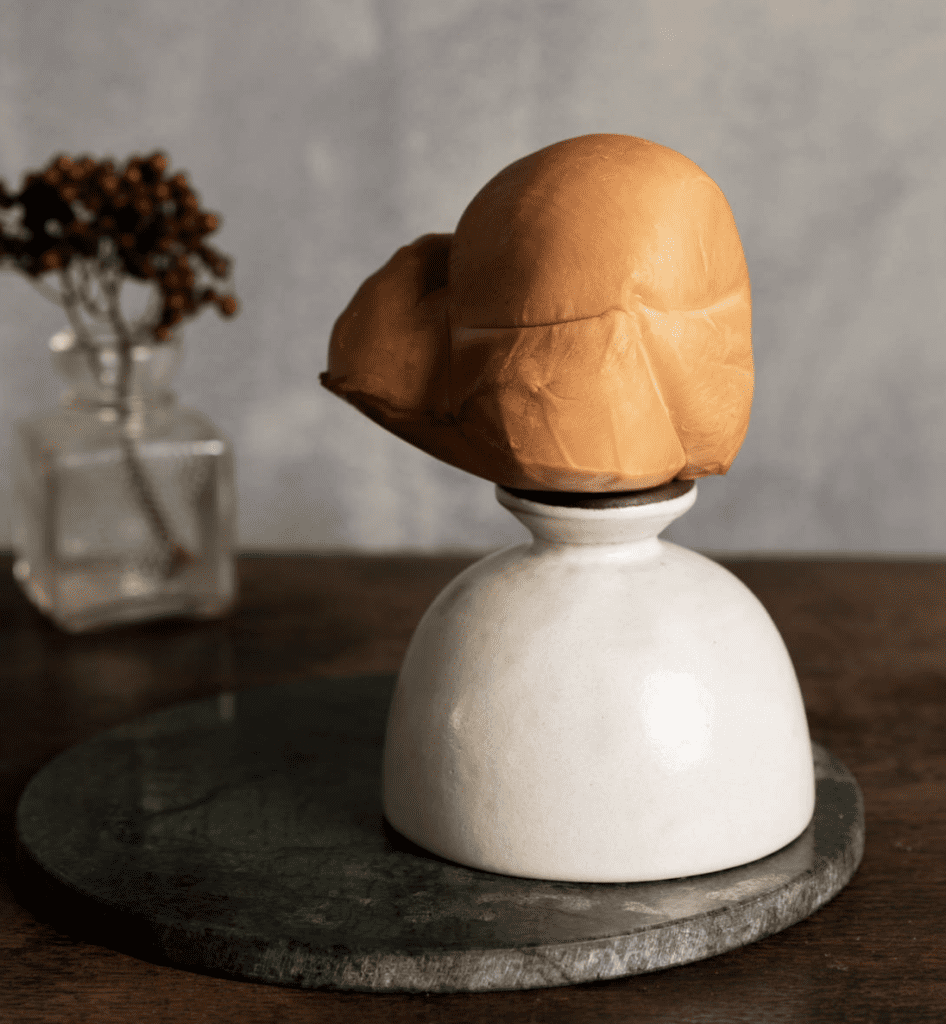
Semi Soft Italian Cheeses – Scamorza Tasting Notes
Semi Soft Italian Cheeses – Scamorza Tasting Notes
Pear-shaped scamorza is often thought of as a relative of mozzarella—it’s creamy but firm and is often smoked. You might mistake the Southern Italian cheese caciocavallo for scamorza, however its interior is softer and more bubbly—especially the young Sicilian Ragusano cheese.
How Scamorza is Made
This cheese goes through a similar production process to mozzarella, but is hung on a string to age, which is how it gets its traditional shape and golden skin. After 2 weeks it is sold as is, or smoked—and with its woody, creamy flavor.
When to Use Scamorza Cheese
You can simply replace firm mozzarella with smoked scamorza in recipes for added depth. Try it out on our portobello burger or in a simple frittata.
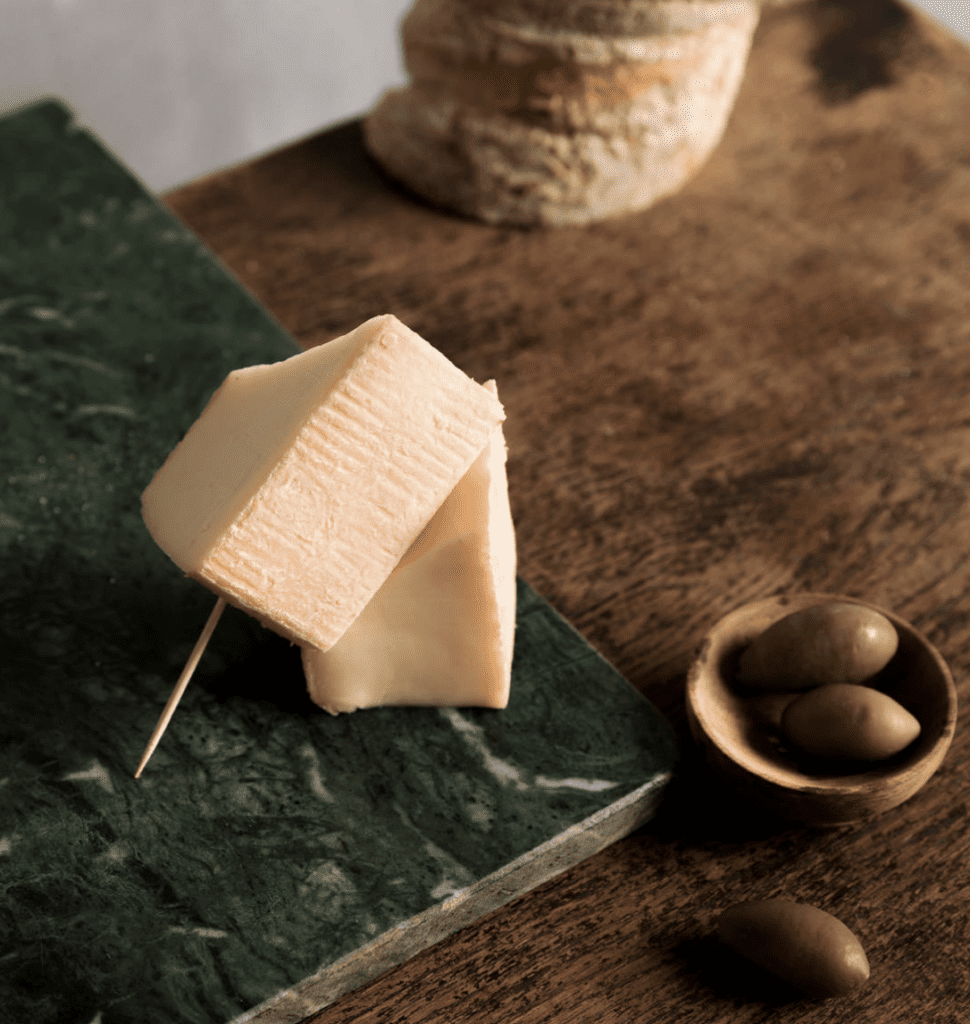
Semi Soft Italian Cheeses – Talleggio Tasting Notes
Semi Soft Italian Cheeses – Tallegio Tasting Notes
Stracchino, also known as crescenza, is a type of Italian cow’s-milk cheese, typical of Lombardy, Piedmont, Veneto, and Liguria. It is eaten very young, has no rind and a very soft, creamy texture and normally a mild and delicate flavor. It is normally square in shape.
How Tallegio is Made
Traditionally, Taleggio is made from the curd of heated cow’s milk (to which cultures and rennet are added) and is aged in a cave and washed once a week with salty sea water. This helps develop its signature pale pink rind and prevents mold from forming.
When to Use Tallegio Cheese
Like Fontina, Taleggio melts really well and adds richness to risottos, creamy polenta, or even pizzas. Swap it out for cheddar in our recipe for creamy polenta.
More on How to Cook Pasta 101 >>

